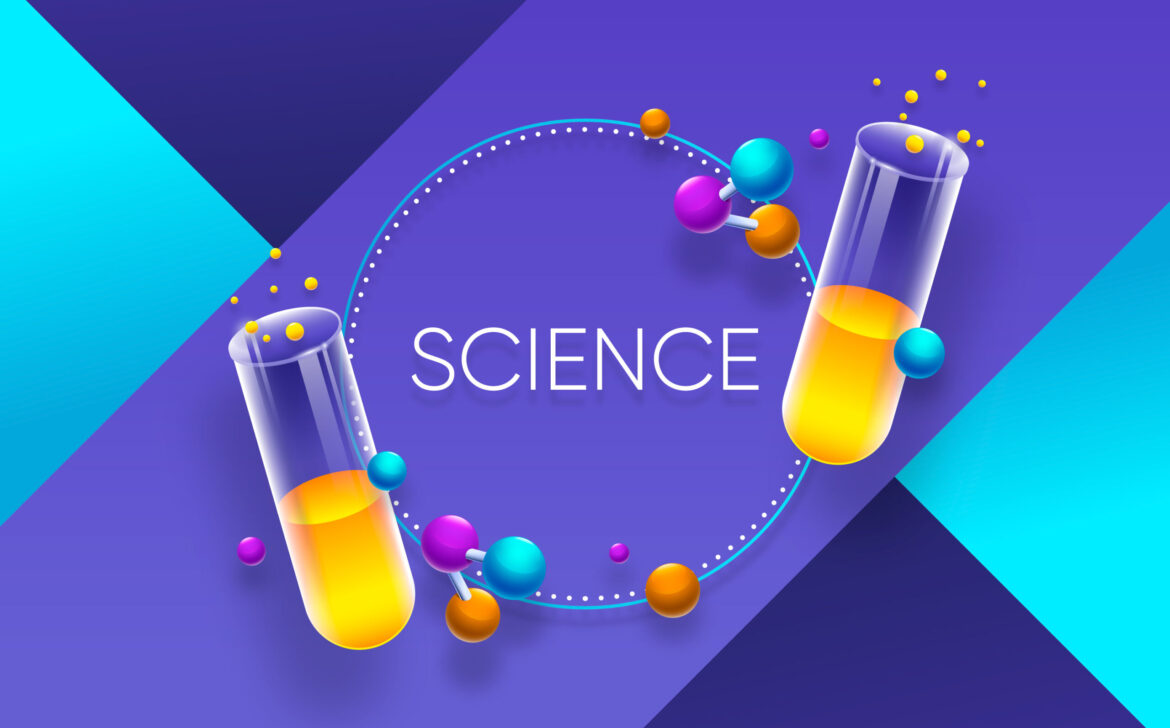The Beauty and Diversity of Languages: A Journey Through Linguistic Wonders
Introduction
Languages are not merely tools of communication; they are living, breathing expressions of culture, history, and human creativity. Each language, whether spoken by millions or just a few, contributes to the rich tapestry of human expression. In this blog, we will embark on a journey to explore the beauty and diversity of languages, shedding light on their fascinating characteristics, importance, and the role they play in our interconnected world.
1.The Tower of Babel: A Mythical Origin
To appreciate the diversity of languages, we can start with the story of the Tower of Babel from the Bible. According to the myth, humanity once spoke a single language until they attempted to build a tower to reach the heavens. In response, God confused their language, leading to the creation of different languages and the dispersal of people across the Earth. While this story is a myth, it underscores the notion that languages are deeply ingrained in our history and identity.
2.A World of Diversity
https://en.wikipedia.org/wiki/Language
There are over 7,000 languages spoken around the globe today. This staggering linguistic diversity reflects the vast array of human cultures and experiences.
Example of China:
From the tonal languages of China, where a change in pitch can alter the meaning of a word, to the click sounds of some African languages like Xhosa, where clicks are consonants, languages showcase the remarkable adaptability and ingenuity of the human mind.
3.Preserving Cultural Heritage
Languages are carriers of cultural heritage. They transmit traditions, stories, and knowledge from one generation to the next. When a language is lost, a whole world of cultural wisdom and unique perspectives disappears with it. Language revitalization efforts are ongoing worldwide, with communities working hard to preserve their linguistic and cultural heritage.
4.The Power of Multilingualism
In an increasingly globalized world, multilingualism is a valuable asset. Being able to speak multiple languages enhances communication, empathy, and understanding across cultures. It fosters connections between people and promotes a more inclusive and diverse society.
5.Languages in the Digital Age
The internet and digital technology have transformed the way we communicate and engage with languages. Online translation tools, language learning apps, and social media platforms have made it easier than ever to connect with speakers of different languages and explore new cultures.

Conclusion
Languages are not just a means of communication; they are the heartbeats of human culture and identity. As we celebrate the beauty and diversity of languages, let us also recognize the responsibility we have to preserve and promote linguistic diversity. By learning and appreciating different languages, we can bridge gaps, build understanding, and foster a more inclusive and interconnected world where the tapestry of languages continues to weave its intricate patterns across humanity’s shared history.


























